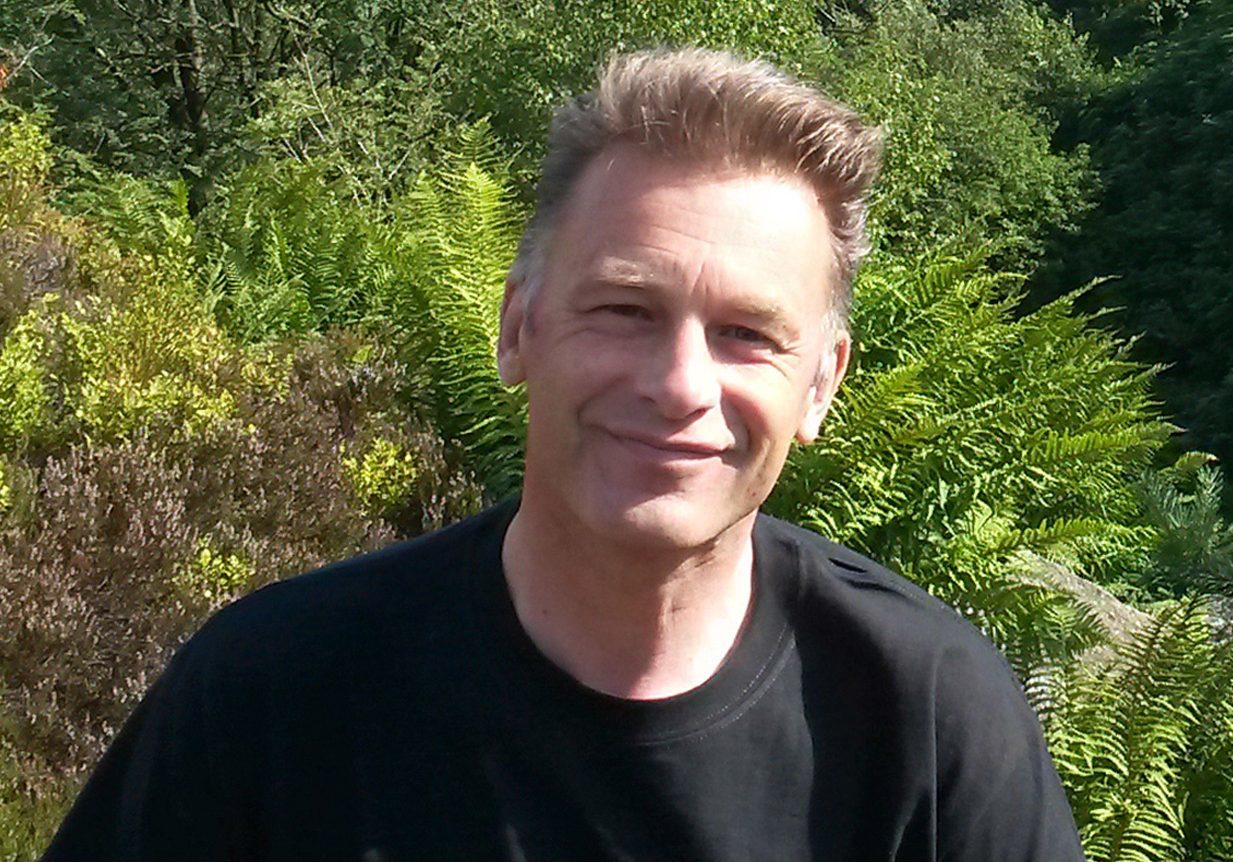
WILDLIFE presenter Chris Packham fears some of Scotland’s most iconic birds and animals may have to be allowed to die off – to save others.
The naturalist, back on screen this week fronting Winterwatch from the Cairngorms, says Scots must wake up to the looming crisis threatening wildlife, ranging from wild salmon and puffins to red squirrels and capercaillie.
He spoke out weeks after we revealed the impending natural disaster facing birds, animals and fish and how agencies, including Scottish Natural Heritage, have drafted last-ditch rescue plans to protect the “red-list” species.
Chris said: “I feel culpable myself. Myself and my cohort of conservationists haven’t been working hard enough and we’ve let these things slip to the brink.
“We have to be pragmatic, we are going to suffer some losses.
“We try to encourage people positively, but every now and again we need to give a good hard dose of the truth. A stab in the eye with a sharp stick wakes people up.”
And he insists that climate change is one of the big factors responsible for the “parlous state” much of our wildlife is in.
He said: “The UK is one of the most damaged natural environments in the world.
“Those that are on the edge in the relatively short time are species like mountain ringlet butterflies which are dependent on cold and therefore higher altitudes. And ptarmigans and grouse are having trouble all over the world.
“When you’re looking at climate change, we will see landscapes changing.
“Treelines, previously held back by cold, will go up the mountains and ptarmigan is a bird of open mountain top. If that isn’t there, they’re not going to be there. And if we think realistically that, longer-term, there is nothing we can do to protect these species, should we pursue conserving those or should we focus our efforts on those with greater chances of survival?
“These are the sorts of very difficult questions conservationists face. We only have a limited amount of effort and money so we have to spend it as wisely as possible.”
Chris took flak a decade ago for suggesting the millions lavished on panda conservation could be better spent elsewhere and they should be allowed to die out. And he stands by his controversial views. “I used the panda as a figurehead for that because it’s an animal that soaks up an enormous amount of species-conservation money. My point was to say to the world that conservation needs an audit,” he says.
“We need to figure out our best spending strategy. And they’re not always about the cutest and the cuddliest. We need to make the difficult decisions from the best advice we’ve got.”
Atlantic salmon and freshwater mussels are a couple of other creatures Chris has concerns about, along with the Scottish wildcat.
“We’re going to turn up this week and have to say that the wildcat is functionally extinct,” he explained. “That brings no joy to me whatsoever.
“It’s awfully depressing, but at the same time we’ll be reporting on a captive breeding programme to reinstate the best, genetically-pure, wildcat we have left.”
The popular presenter insists all is not lost and that the science behind the “red list” provides vital evidence that will allow many populations to be recovered. “The problem we’ve got is that we’re not doing it broadly enough or rapidly enough,” said Chris.
“That’s the scary thing. In the conservation movement, there is a growing sense of urgency. We know we have to act now.”
Springwatch and Autumnwatch will also come from the Winterwatch base at the Dell of Abernethy.
And spending a screen year north of the border is a special delight for Chris, who will be joined by Michaela Strachan and Gillian Burke for the popular wildlife series.
“I have great affinity for Scotland,” said Chris. “For many naturalists, Scotland is a mecca. It’s home to some of our most charismatic and exotic species.”
Wildlife expert Chris admits he’s proud of the part the series has played in raising awareness and says the trust the programmes have built up by not pulling punches and telling the unvarnished truth is vital.
“We can’t lie to the audience and it serves no purpose,” adds Chris.
“On the Watches we draw attention to the wonder, the beauty and the ecological necessity of these species.”
Winterwatch is on BBC2 Tuesday to Friday

Enjoy the convenience of having The Sunday Post delivered as a digital ePaper straight to your smartphone, tablet or computer.
Subscribe for only £5.49 a month and enjoy all the benefits of the printed paper as a digital replica.
Subscribe